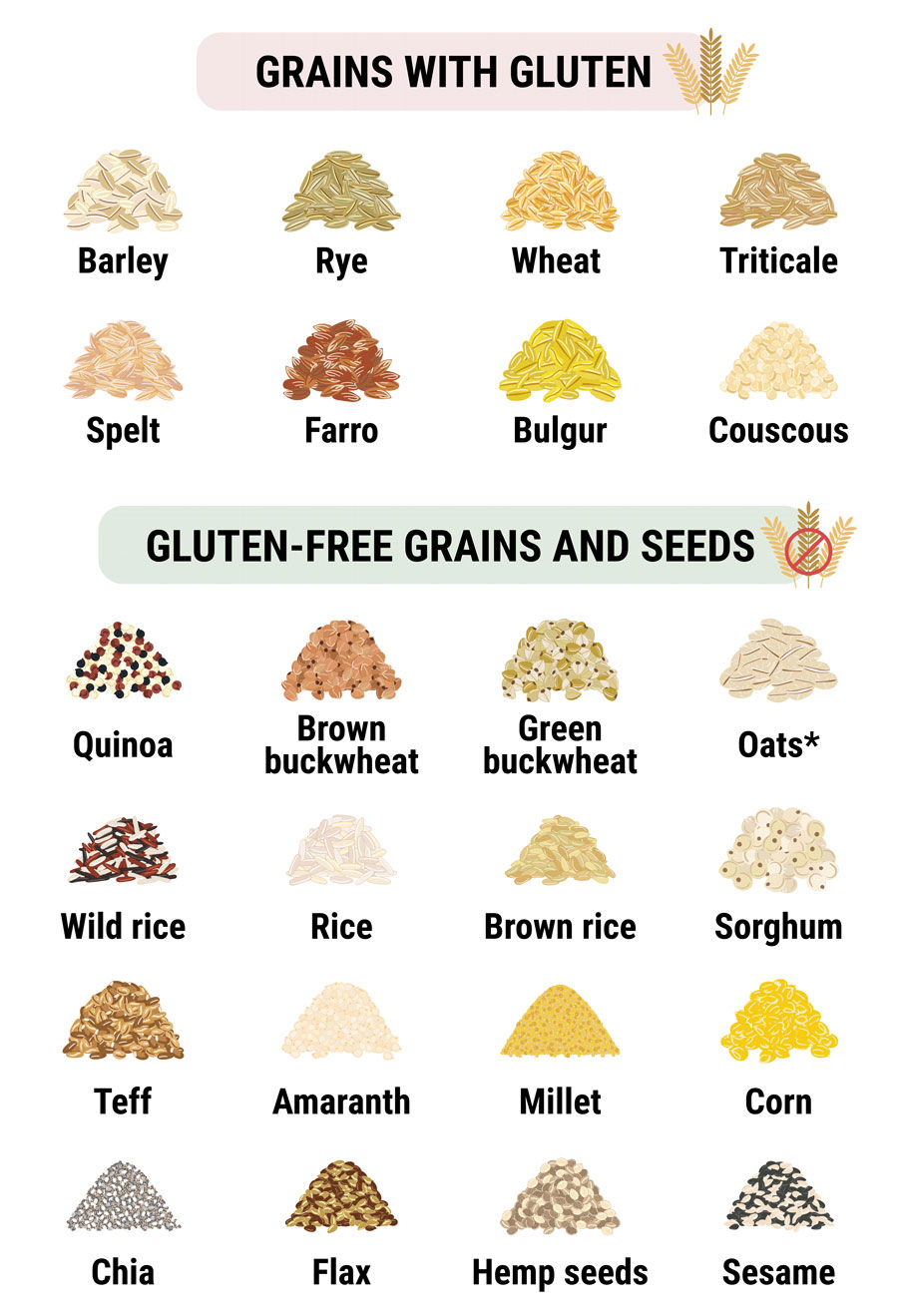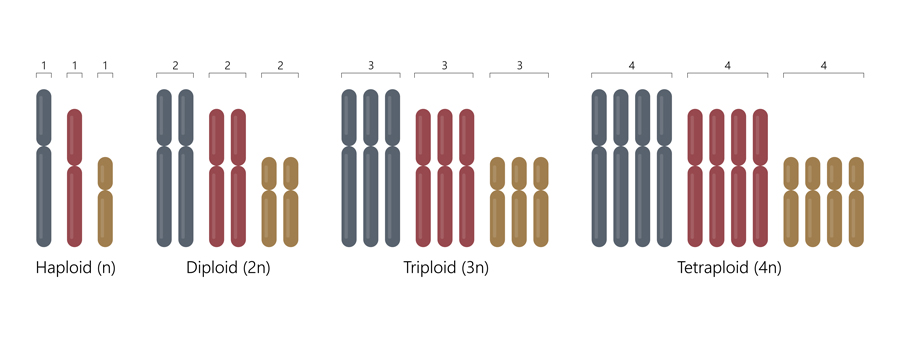Grasping the grains of gluten
Gluten is a type of protein present in certain cereal grains. The composition of gluten gives wheat dough its elasticity and viscous properties. Increasing intolerance to gluten in human diets has led to a surge in gluten-free food consumption. Here, we understand the important, unique characteristics of gluten, and its major sources.
The term gluten is now commonplace in everyday vocabulary, due to the abundance of gluten-free food products available for human consumption. Gluten is an essential protein constituent of certain cereal grain crops. Crops such as rice, wheat, and corn are important cereal grains, grasses whose hard, dry seeds are edible.

Other grain crops include legumes such as peas and beans. Amongst cereals, the global consumption of wheat has reached nearly 730 million metric tonnes in the last few years; this is lower than corn (1.2 billion metric tonnes) and rice (520 million metric tonnes). Wheat is popular in the human diet because of the versatility of its grain properties that make it amenable for multiple uses.
Which wheat for what?
All living organisms contain DNA, composed of genes that control various cellular activities. Genes have the necessary codes to synthesise proteins that are essential for cell structure and function. DNA is packed into structures called chromosomes, whose numbers vary from one organism to another. The entire genetic composition of an organism (genome) present in chromosomes is inherited from parents. Humans, for example, have a diploid genome consisting of chromosome pairs, while wheat can have either four (tetraploid) or six (hexaploid) copies of its chromosomes, making it one of the most complex genomes present in plants.
The success of wheat as a popular cereal is due to the unique biochemical composition of its grain (seed).The evolution of wheat is complex and has changed immensely since the advent of agriculture due to plant breeding practices by humans. Ancient varieties of wild wheat were either diploid or tetraploid. Through cross-breeding, we ended up with the two common species of wheat known today: durum wheat, whose grains are mainly processed for pasta and semolina, and bread wheat, used for breads. Of these, bread wheat accounts for 95% of cultivated wheat today.

They differ in their genomes, with durum wheat having a BBAA tetraploid genome, and bread wheat having a DDBBAA hexaploid genome (the letters refer to each chromosome). Bread wheat has higher gluten content than durum wheat, giving elasticity, sticky, and stretchy properties to bread dough. As a course of wheat evolution, there has been a continuous cross-transfer between the hexaploid and tetraploid wheat genomes, resulting in different varieties that could grow in different regions.
Structure determines function
The success of wheat as a popular cereal is due to the unique biochemical composition of its grain (seed). Despite starch (a type of carbohydrate) being the major constituent of wheat grain, its protein composition gives the unique viscoelastic properties of dough made from wheat flour. This is due to the presence of gluten proteins, which are absent in rice and corn.

Glutens are types of seed storage proteins called prolamins, present in the starchy endosperm of wheat, barley, rye, and spelt seeds, to name a few. Rice and corn seeds consist of non-gluten prolamin proteins. More than 100 genes encoding gluten prolamins exist in wheat. There are two types of gluten prolamins, called glutenin and gliadin, containing high content of the amino acids proline and glutamine, that are difficult to digest. Gluten comprises 75–85% of total proteins present in bread wheat grains. For the plant, gluten is important as a source of carbon, nitrogen, and sulphur for seed germination and development of the seedling. From a human benefit point of view, cross-linking of the glutenin and gliadin proteins to one another makes the highly viscoelastic properties of bread wheat dough more suitable for trapping carbon dioxide during the leavening process of bread making.
Glitches with gluten
Digestion of gluten is increasingly posing a problem for humans. The different types of disorders involving sensitivity to gluten that many humans face include coeliac disease, non-coeliac wheat sensitivity, baker’s asthma, and wheat-dependent exercise-induced anaphylaxis (WDEIA). Of these, coeliac disease is the most studied; it is an autoimmune disorder triggered by any type of gluten, incomplete digestion of which triggers the immune system. Non-coeliac wheat sensitivity is also a reaction to gluten, but with no markers of inflammation. Baker’s asthma is a respiratory reaction to several wheat proteins, and WDEIA is triggered by consumption of wheat followed by exercise. A unique combination of subunits of the glutenin and gliadin proteins triggers immune responses that determine which of the above gluten-related disorders can occur.

One realistic option for gluten-related sensitivities is to avoid gluten consumption completely. However, this is not easy, given that gluten is used as an additive in the manufacture of various foods that should not have gluten. The use of flour from other cereal grains not containing gluten has become popular, for example, using rice, corn, buckwheat, millet, quinoa, sorghum, and soya, to name a few. However, for those who enjoy the taste and texture of wheat products, there are solutions in store.
Towards gluten-free wheat
Intensive research in wheat gluten has identified the protein gliadin as the major cause of gluten sensitivity. Studies have identified natural variants of wheat that have deletions (missing pieces of DNA) in the gliadin gene, resulting in reduced gluten content in these lines. Further gene editing and manipulation to remove gliadin genes from bread and durum wheat lines have also been possible. Nutritional value and bread-making properties of some of these lines have been outstanding. Although these wheat lines are not completely gluten-free, these are major advances towards establishing gluten-free wheat which will still have the desirable properties necessary for its end use.